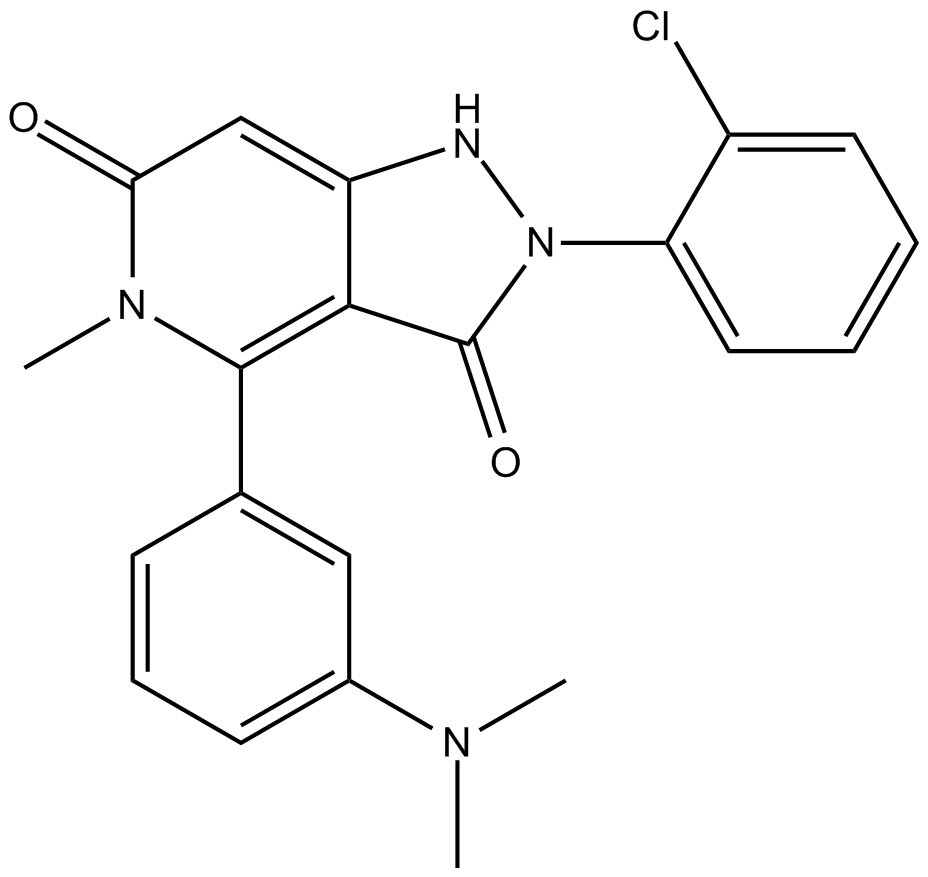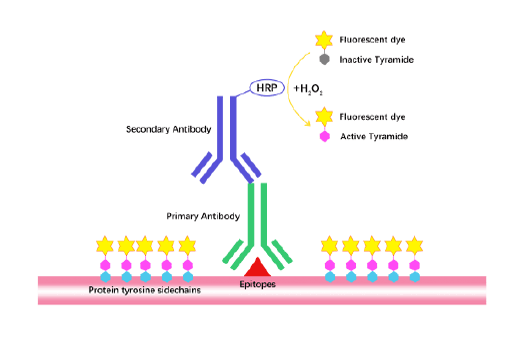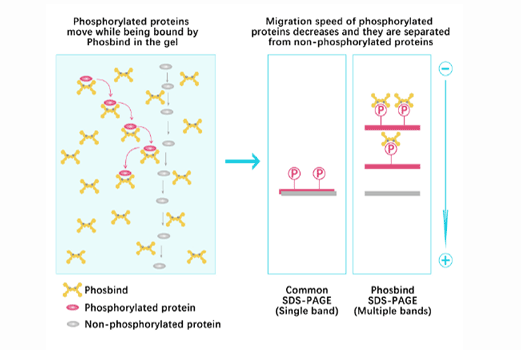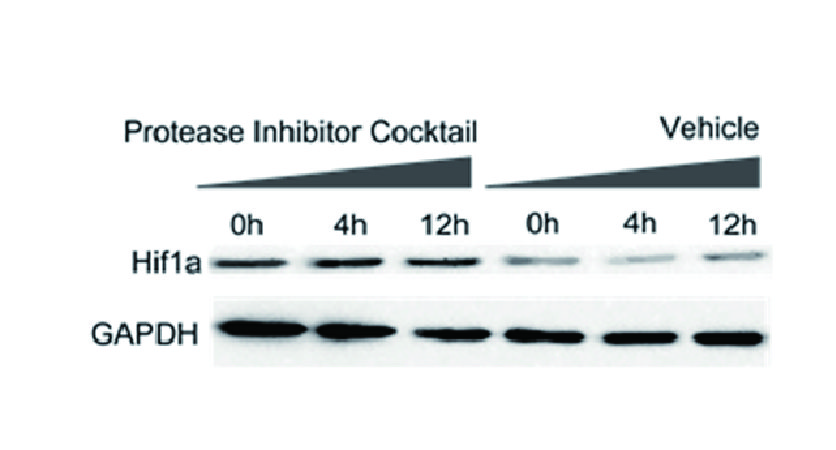GKT137831
GKT137831 (CAS 1218942-37-0) is a small-molecule dual inhibitor targeting NADPH oxidase isoforms Nox1 and Nox4. These enzymes are expressed in distinct intracellular compartments in vascular smooth muscle cells (VSMCs) and are regulated by growth factors and vascular injury stimuli, triggering oxidative responses. GKT137831 demonstrates inhibitory activity with Ki values of 140 nM for Nox1 and 110 nM for Nox4. In vitro studies show that GKT137831 limits hypoxia-associated H₂O₂ release, cell proliferation, and TGF-β1 induction in pulmonary vascular cells. Animal models illustrate that this inhibitor mitigates pathological processes such as hepatic fibrosis, diabetic atherosclerosis, vascular remodeling, and cardiac hypertrophy by suppressing oxidative stress-mediated signaling.
References:
[1] Aoyama T, Paik YH, Watanabe S, Laleu B, Gaggini F, Fioraso-Cartier L, Molango S, Heitz F, Merlot C, Szyndralewiez C, Page P, Brenner DA. Nicotinamide adenine dinucleotide phosphate oxidase in experimental liver fibrosis: GKT137831 as a novel potential therapeutic agent. Hepatology. 2012 Dec;56(6):2316-27.
[2] Green DE, Murphy TC, Kang BY, Kleinhenz JM, Szyndralewiez C, Page P, Sutliff RL, Hart CM. Circulation. The Nox4 inhibitor GKT137831 attenuates hypoxia-induced pulmonary vascular cell proliferation. Am J Respir Cell Mol Biol. 2012 Nov;47(5):718-26.
[3] Gray SP, Di Marco E, Okabe J, Szyndralewiez C, Heitz F, Montezano AC, de Haan JB, Koulis C, El-Osta A, Andrews KL, Chin-Dusting JP, Touyz RM, Wingler K, Cooper ME, Schmidt HH, Jandeleit-Dahm KA. NADPH oxidase 1 plays a key role in diabetes mellitus-accelerated atherosclerosis. Circulation. 2013 May 7;127(18):1888-902.
[4] Zhao QD, Viswanadhapalli S2, Williams P2, Shi Q2, Tan C2, Yi X2, Bhandari B2, Abboud HE2. NADPH oxidase 4 induces cardiac fibrosis and hypertrophy through activating Akt/mTOR and NFκB signaling pathways. Circulation. 2015 Feb 17;131(7):643-55.
- 1. Mengyun Yang, Ze Yu, et al. "Targeting lipid scrambling potentiates ferroptosis and triggers tumor immune rejection." Sci Adv. 2025 Aug 15;11(33):eadx6587. PMID: 40815641
- 2. María Castejón-Griñán, Sonia Cerdido, et al. "Melanoma-associated melanocortin 1 receptor variants confer redox signaling-dependent protection against oxidative DNA damage." Redox Biol. 2024 Jun:72:103135. PMID: 38565069
- 3. Anastasia A. Shvetsova a, Margarita A. Khlystova, et al. "Reactive oxygen species augment contractile responses of saphenous artery in 10-15-day-old but not adult rats: Substantial role of NADPH oxidases." Free Radic Biol Med. 2024 Mar 8:216:24-32. PMID: 38460742
- 4. Wei Wang, Xiaolong Liang, et al. "NOX4 blockade suppresses titanium nanoparticle-induced bone destruction via activation of the Nrf2 signaling pathway." J Nanobiotechnology. 2022 May 23;20(1):241. PMID: 35606794
- 5. Lingyue Zou, Lilin Xiong, et al. "NADPH oxidases regulate endothelial inflammatory injury induced by PM2.5via AKT/eNOS/NO axis." J Appl Toxicol. 2021 Oct 28. PMID: 34708887
- 6. Jiao N, Chen Y, et al. "Protective effects of catalpol on diabetes mellitus-induced male reproductive damage via suppression of the AGEs/RAGE/Nox4 signaling pathway." Life Sci. 2019 Aug 6:116736. PMID: 31398417
- 7. Dª María Castejón Griñán. "MELANOCORTIN 1 RECEPTOR AS REGULATOR OF PROTECTIVE RESPONSES AGAINST OXIDATIVE STRESS AND UVR-INDUCED DNA DAMAGE." UNIVERSIDAD DE MURCIA. 2019.
- 8. Han Z, Kang D, et al. "TGF-β downregulation-induced cancer cell death is finely regulated by the SAPK signaling cascade." Exp Mol Med. 2018 Dec 6;50(12):162. PMID: 30523245
| Storage | Store at -20°C |
| M.Wt | 394.85 |
| Cas No. | 1218942-37-0 |
| Formula | C21H19ClN4O2 |
| Solubility | ≥39.5 mg/mL in DMSO; insoluble in H2O; ≥2.96 mg/mL in EtOH with gentle warming and ultrasonic |
| Chemical Name | 2-(2-chlorophenyl)-4-(3-(dimethylamino)phenyl)-5-methyl-1H-pyrazolo[4,3-c]pyridine-3,6(2H,5H)-dione |
| SDF | Download SDF |
| Canonical SMILES | CN(C)c1cccc(C(N(C)C(C=C2NN3c(cccc4)c4Cl)=O)=C2C3=O)c1 |
| Shipping Condition | Small Molecules with Blue Ice, Modified Nucleotides with Dry Ice. |
| General tips | We do not recommend long-term storage for the solution, please use it up soon. |
| Cell experiment [1]: | |
|
Cell lines |
Monolayers of HPAECs and HPASMCs, Pulmonary artery endothelial cells |
|
Preparation method |
Soluble in DMSO. General tips for obtaining a higher concentration: Please warm the tube at 37 ℃ for 10 minutes and/or shake it in the ultrasonic bath for a while. Stock solution can be stored below -20℃ for several months. |
|
Reacting condition |
0.1–20 μM, 24 hours |
|
Applications |
GKT137831 (5 μM, 20 μM) attenuated hypoxia-induced HPAECs and HPASMCs proliferation. GKT137831 (20 μM) attenuated hypoxia-induced H2O2 generation in HPAECs and HPASMCs. During the entire 72-hour hypoxia exposure, GKT137831 administration during the last 24 hours attenuated hypoxia-induced reductions in HPAEC and HPASMC PPARγ expression. |
| Animal experiment [1-3]: | |
|
Animal models |
C57Bl/6 mice exposed to normoxic or hypoxic conditions for 3 weeks, wild-type (WT) and SOD1G37R mutant C57BL/6J mice, Diabetic apolipoprotein E-deficient mice |
|
Dosage form |
Oral gavage, 30 or 60 mg/kg/d, daily for 10 days |
|
Application |
GKT137831 (30 or 60 mg/kg/d) attenuated chronic hypoxia-induced right ventricular hypertrophy, pulmonary vascular remodeling, increases in vessel wall thickness, and proliferation. GKT137831 attenuated hypoxia-induced reductions in PPARγ and increased in TGF-β1 expression. In WT and SOD1mut mice, GKT137831 (60 mg/kg, intragastric (IG) injection) blocked liver fibrosis and downregulated markers of oxidative stress, inflammation, and fibrosis. In diabetic apolipoprotein E-deficient mice, GKT137831 (60 mg/kg/d, p.o.) attenuated diabetes mellitus-accelerated atherosclerosis. |
|
Other notes |
Please test the solubility of all compounds indoor, and the actual solubility may slightly differ with the theoretical value. This is caused by an experimental system error and it is normal. |
|
References: [1]. Green D E, Murphy T C, Kang B Y, et al. The Nox4 inhibitor GKT137831 attenuates hypoxia-induced pulmonary vascular cell proliferation[J]. American journal of respiratory cell and molecular biology, 2012, 47(5): 718-726. [2]. Aoyama T, Paik Y H, Watanabe S, et al. Nicotinamide adenine dinucleotide phosphate oxidase in experimental liver fibrosis: GKT137831 as a novel potential therapeutic agent[J]. Hepatology, 2012, 56(6): 2316-2327. [3]. Gray SP1, Di Marco E, Okabe J, Szyndralewiez C, et al. NADPH oxidase 1 plays a key role in diabetes mellitus-accelerated atherosclerosis. Circulation. 2013 May 7;127(18):1888-902. |
|
Quality Control & MSDS
- View current batch:
Chemical structure

Related Biological Data
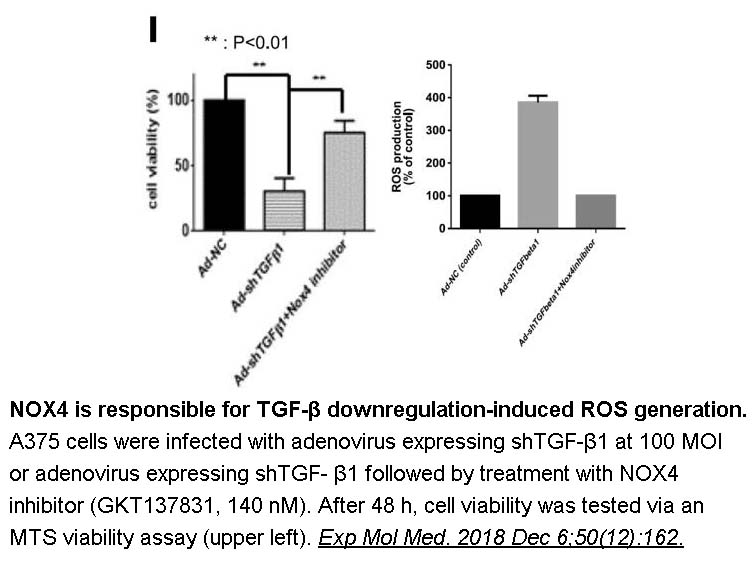
Related Biological Data
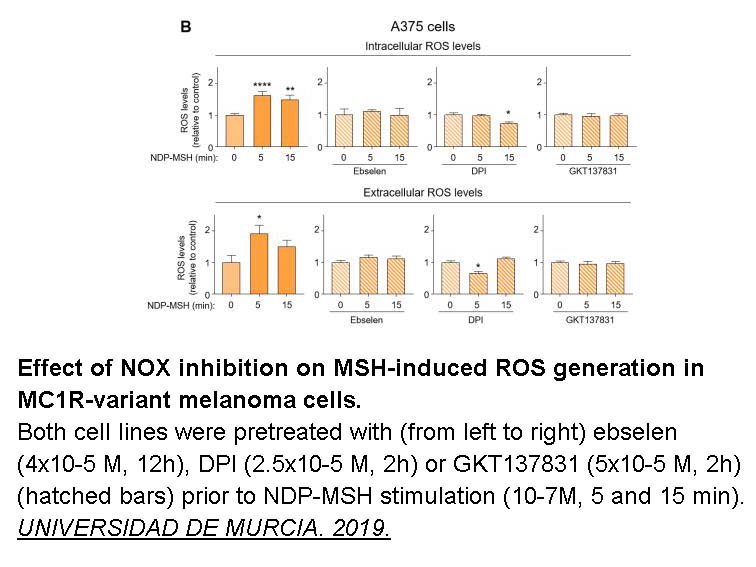
Related Biological Data
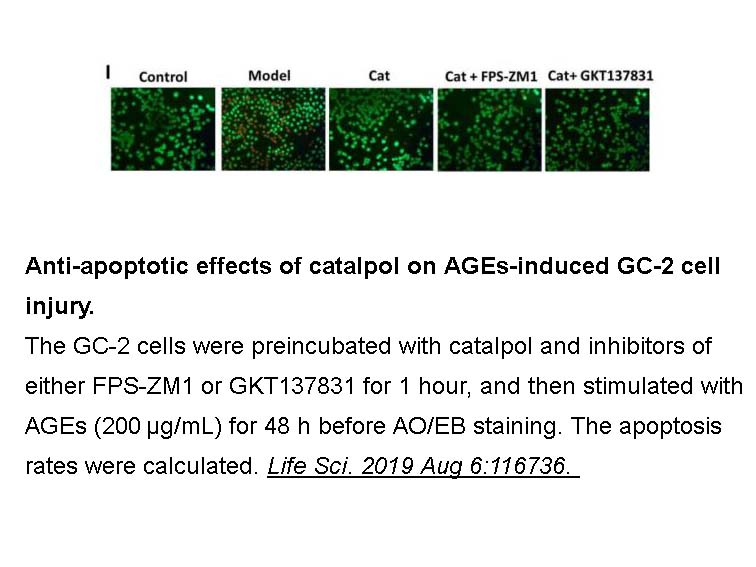
Related Biological Data




